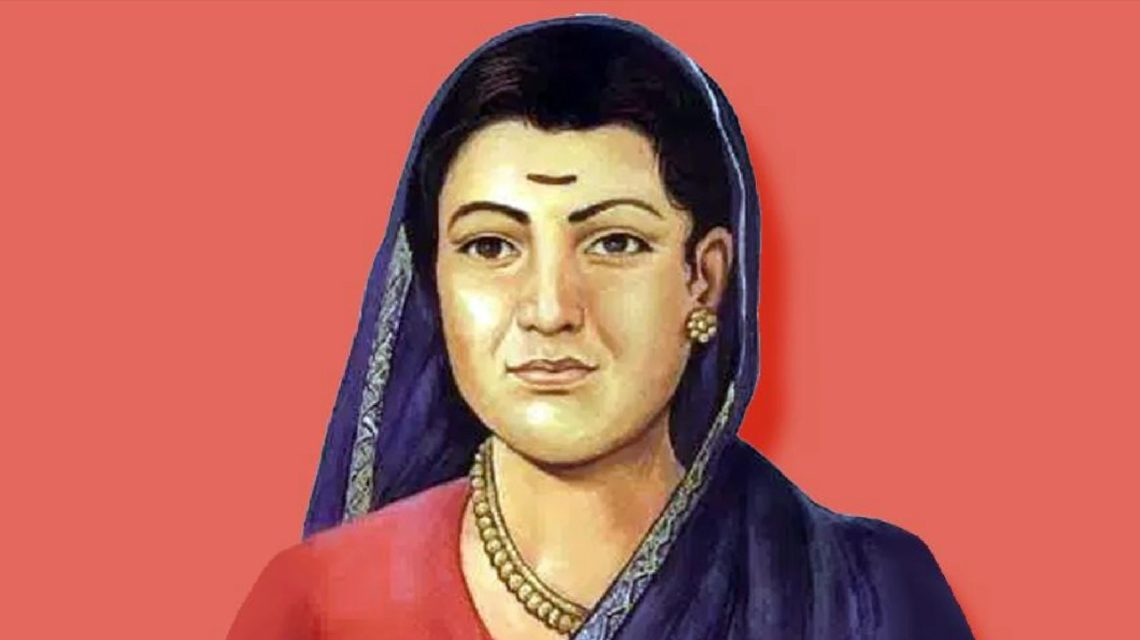Savitribai Phule, India’s first teacher and social worker 03/01/2020 – Posted in: Press Information Bureau – Tags: Jyotiba rao phule
Savitribai Phule
Prime Minister’s Office
WHAT
Nation pays tributes to Savitribai Phule on her birth anniversary.
SAVITRIBAI PHULE
- Savitribai Phule was born on 3 January 1831 at Naigaon in Maharashtra’s Satara district.
- She was the eldest daughter of Lakshmi and Khandoji Neveshe Patil, both of whom belonged to the Mali community, now an Other Backward Caste (OBC).
- At the age of 9, she was married to 13-year-old Jyotirao Phule.
- Savitri was not educated at the time of her marriage, as she was from a backward caste and a woman. The dominant Brahmin class did not allow men from backward caste communities and women to get an education—Jyotirao Phule, better known as Jyotiba, for instance, was forced to leave school because of his caste.
- On the encouragement of the Persian scholar Ghaffar Baig Munshi and a British official, Lizit Sahab, Jyotiba was enrolled in a Scottish missionary school where he studied till class VII.
- Savitribai Phule was taught by Jyotiba at their home. Later, she took a teacher’s training course at an institute run by an American missionary in Ahmednagar and in Pune’s Normal School.
- Jyotiba, at the age of 21, and Savitri, 17, opened a school for women in 1848. It was the country’s first school for women started by Indians.
- She then started teaching girls in Pune’s Maharwada, along with Sagunabai, a revolutionary feminist and a mentor to Jyotiba.
- Soon after, the Phule couple along with Sagunabai started their school at Bhide Wada, the home of Tatya Saheb Bhide, who was inspired by the Phules’ work.
- By the end of 1851, the Phules were running three schools in Pune with around 150 girl students.
- In the 1850s, the Phule couple initiated two educational trusts—the Native Female School, Pune and The Society for Promoting the Education of Mahars, Mangs and Etceteras—which came to have many schools under them.
- Savitribai was also a fiery author and poetess. She published Kavya Phule in 1854 and Bavan Kashi Subodh Ratnakar in 1892.
- In 1852, Savitribai, a staunch feminist, started the Mahila Seva Mandal to raise awareness about women’s rights.
- She simultaneously campaigned against child marriage, while supporting widow remarriage.
- The early 1870s marked the beginning of Phules’ public activism.There were organizations like Arya Samaj, Brahmo Samaj and Prarthana Samaj at that time started by Brahmin leaders, which arguably served only Brahmin interests.
- After Jyotiba’s death in 1890, Savitribai carried forward the work of the organization and also chaired the annual session held at Saswad in 1893.
- She initiated the first Satyashodhak marriage—a marriage without dowry, Brahmin priests or Brahminical rituals. Yashwant, too, had a Satyashodhak inter-caste marriage.
- Savitribai Phule died on 10 March 1897, while caring for a patient in the clinic she had opened for the treatment of those affected by the bubonic plague.
Source: PIB
READ MORE PIB UPDATES
- Partial Credit Guarantee Scheme
- RISAT-2BR1
- Exercise INDRA-2019
- ‘Green Good Deeds’ Initiative
- AIM-SIRIUS Deep Technology Learning Programme
- Indian Institute of Skills
- Hybrid-Annuity-Model (HAM) Programme
- Investor Education & Protection Fund Authority
- Neutrino Observatory in Tamil Nadu
You are on the Best Online IAS preparation platform. You are learning under experts.
We are present on Facebook- Diligent IAS, LinkedIn- Diligent IAS, YouTube- Diligent IAS, Instagram- Diligent IAS. Get in touch with us.

